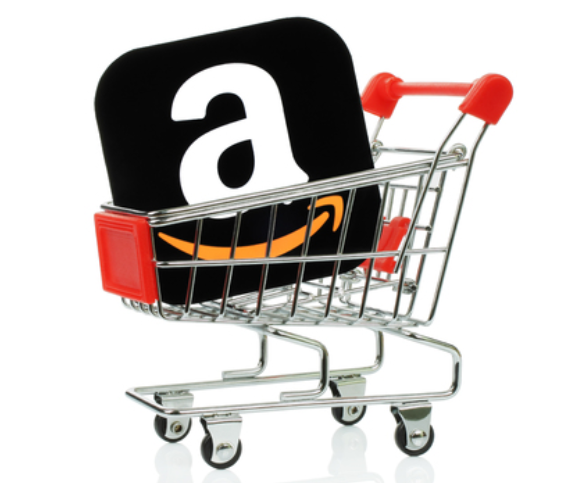 Profit is a financial benefit that is realized when the revenue gained from a business activity exceeds the expenses needed to sustain the activity. – Investopedia
Profit is a financial benefit that is realized when the revenue gained from a business activity exceeds the expenses needed to sustain the activity. – Investopedia
Profit is what is left over from revenue after you’ve paid all of your costs in doing business. But profit is not the same thing as cash since profit can accumulate in a number of different forms.
For example, if you buy a piece of property for $500,000 and in the first year, its reliable market value goes up to an average of $600,000. You’ve made (at least on paper) a $100,000 profit.
PROFITS WITHOUT GENERATING CASH …
 However, if you check your pockets, your register drawer, or your bank account, you will not find an extra hundred grand lying around. In other words, you’ve made a profit, but you haven’t generated any cash. And you won’t until you sell the property or borrow against the increase in the property’s market value.
However, if you check your pockets, your register drawer, or your bank account, you will not find an extra hundred grand lying around. In other words, you’ve made a profit, but you haven’t generated any cash. And you won’t until you sell the property or borrow against the increase in the property’s market value.
Similar circumstances can arise in business. You may be making a healthy net profit on your gross sales revenue, but that profit may be tied up in accounts receivable.
 Or you can have that profit tied up in inventory or in equipment that you purchased and paid for but has many years of useful life remaining.
Or you can have that profit tied up in inventory or in equipment that you purchased and paid for but has many years of useful life remaining.
These items represent equity and value in your business, and as such are repositories of profit.
But unfortunately, they are not cash.
The problem is that you need cash to pay employees, to pay rent, utilities, and other current expenses. And you need cash to purchase further inventory for delivery to customers.
SOURCES OF CASH …
There are several potential sources of cash in a business:
- sales revenue,
- investment dollars,
- loan proceeds and
- retained net profits.
 If the current total inflow of cash is sufficient to pay your current operating expenses, you’re taking in investment but not building equity or value in the business.
If the current total inflow of cash is sufficient to pay your current operating expenses, you’re taking in investment but not building equity or value in the business.
If everything remains the same, when or if the investment inflow dries up, you will not be able to stay in business. Even when you have enough cash to pay your bills every month, you may still be operating at a net loss.
NOT BUILDING EQUITY …
 If you’re using a current inflow of investment dollars to pay your current operating expenses, you’re taking in investment, but not building equity or value in the business.
If you’re using a current inflow of investment dollars to pay your current operating expenses, you’re taking in investment, but not building equity or value in the business.
It’s the same if you’re using loan proceeds to pay for current operating expenses, except worse, because using loan proceeds simultaneously builds debt that has to be serviced with; you guessed it, cash.
Robbing Peter to pay Paul cannot go on forever (except perhaps in the case of Amazon) because eventually the growing debt requires more cash than you have available to service the debt. That’s when you find yourself on the way to receivership or bankruptcy.
IT MAY WORK FOR AMAZON …
There is a tendency these days to concentrate on cash flow while not seeing much concerned with profit. This attitude comes from a carry-over of the practices of large companies and startups that attract boatloads of investor cash as a result of selling shares in the company.
 Sometimes these companies can survive for years, even decades, on the cash flow generated while being at the “back end” of racking up losses each year.
Sometimes these companies can survive for years, even decades, on the cash flow generated while being at the “back end” of racking up losses each year.
Investors in these companies may not care as they are focused on trading the shares to generate their profits rather than sharing in the value of net proceeds thrown off by owning a part of a profitable company.
Focusing on cash flow alone may work for companies like Amazon, which historically operated at a fiscal loss for almost two decades; but it rarely works for a small or mid-sized business which must generate profits in order to remain viable.
IN A PERFECT WORLD …
 Simply put, profit, which is left over from sales revenues, after you’ve paid all of the costs involved in generating those revenues.
Simply put, profit, which is left over from sales revenues, after you’ve paid all of the costs involved in generating those revenues.
In a perfect world, that profit would be in the form of cash that could be re-flowed back into the business to build value and equity.
Unfortunately, more often than not, a portion of the profit that show on paper exists in the form of non-cash assets in the business.
Which is why that it’s essential for a business owner or manager to understand the difference between profit and cash flow and continually watch both.
Note: This weeks’ article comes to us courtesy of Phil Friedman, a successful marine business consultant based in Fort Lauderdale, Florida.
Revitalization Partners specializes in improving the operational and financial results of companies and providing hands-on expertise in virtually every circumstance, with a focus on small and mid-market organizations. Whether your requirement is Interim Management, a Business Assessment, Revitalization and Reengineering, a State Receivership or Bankruptcy Support, we focus on giving you the best resolution in the fastest time with the highest possible return.


